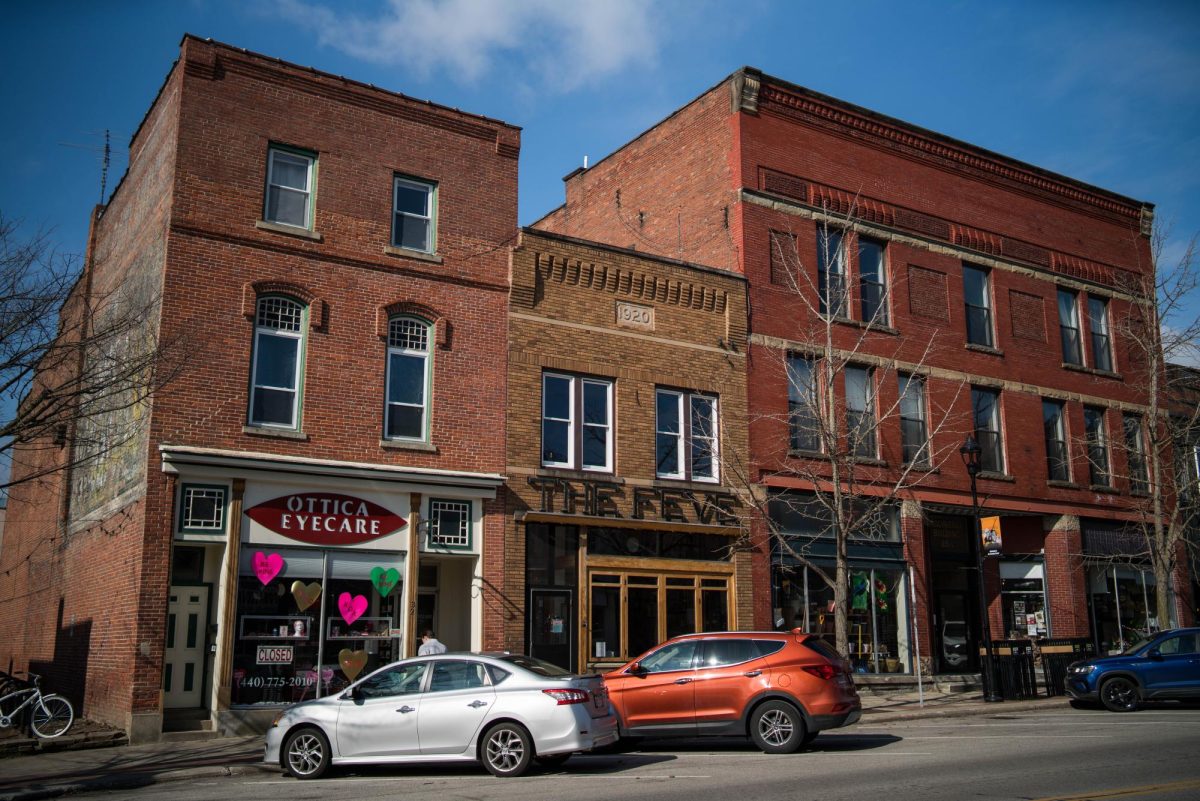On Monday, Sept. 18, the U.S. News and World Report released its 2024 ranking of National Liberal Arts Colleges. Oberlin placed 51st out of 204 liberal arts colleges, dropping 12 positions since last year’s edition. This year’s ranking came with notable changes in methodology meant to accurately measure what students value in a four-year undergraduate education.
“The significant changes in this year’s methodology are part of the ongoing evolution to make sure our rankings capture what is most important for students as they compare colleges and select the school that is right for them,” U.S. News Executive Chairman and CEO Eric J. Gertler said in a statement.
The change in methodology includes the elimination of five factors: class size, the proportion of faculty with the highest degree achievable in a given academic field, high school class rank, alumni giving, and the proportion of graduates with student loans.
According to an article published by U.S. News detailing the new calculations for this year’s list, measurements indicating a college’s success “at enrolling, retaining and graduating students from different backgrounds with manageable debt and post-graduate success” make up more than 50 percent of their score. A few measures increased in scoring weight: graduation rates of students with Pell grants, the average amount of student loan debt accumulated by borrowing money at the time of graduation, and income comparisons between federal loan recipients and high-school graduates four years after earning their respective degrees
This new factor sparked rebuttal from the Oberlin administration. In a written statement to the Oberlin community on Monday, President Carmen Twillie Ambar addressed the new methodology.
“U.S. News added an emphasis on graduate earnings in its rankings this year,” President Ambar wrote. “But this one data point misses the bigger picture when understanding the excellent outcomes of Oberlin graduates, who have gone on to earn more research doctorates than the graduates of any other baccalaureate college in the nation, and place Oberlin in the top three doctorate-producing baccalaureate colleges in the nation over the past five years. … This year’s methodology actively punishes the choices our graduates make to work in fields such as art and music, where money is not a top objective.”
The College also cites that many other liberal arts colleges, including those without conservatories, saw drastic ranking drops: 31 percent of the colleges within the National Liberal Arts ranking changed rank by more than 10 positions. In contrast, top ranking universities both in the National Universities and National Liberal Arts Colleges categories saw little to no movement since last year.
While parents and prospective students may use the U.S. News rankings to help inform their decisions about which schools to apply to or ultimately enroll at, Oberlin students themselves have differing opinions on the importance of the ranking. College fourth-year and Student Body President Chudi Martin Jr. finds the ranking irrelevant.
“As far as ranking goes, I think it’s important to look at how the definition of the best is very objective,” Martin said. “The school could be listed as ranking 70, 100 or one; it doesn’t matter. As long as you think that’s your number one school. I would say Oberlin’s the right choice: that’s my number-one school.”
College third-year Amelie Fournier explains that Oberlin’s ranking and general prestige matters especially considering the cost of attendance.
“Rankings 100 percent affected my decision to go to Oberlin,” Fournier said. “Part of why I put so much effort into creating my application for this school specifically was because it was the school I applied to that had the lowest acceptance rate and that was doing really well. When I looked it up, it said it was a hidden Ivy and more. I think they need to acknowledge and understand that students are paying tens of thousands, almost hundreds of thousands of dollars a year to go here. And part of what makes it worth it versus going to a community college that has quite frankly the same level of education, is the fact that there is that name recognition. People thinking of our school as a good school helps us get hired in the future.”








